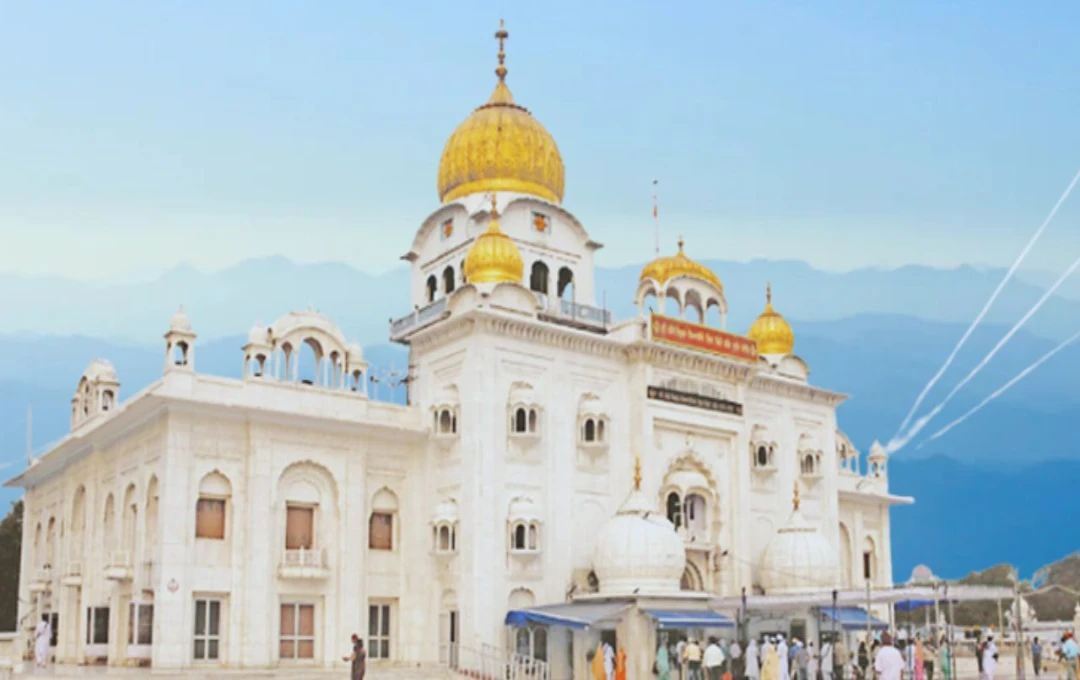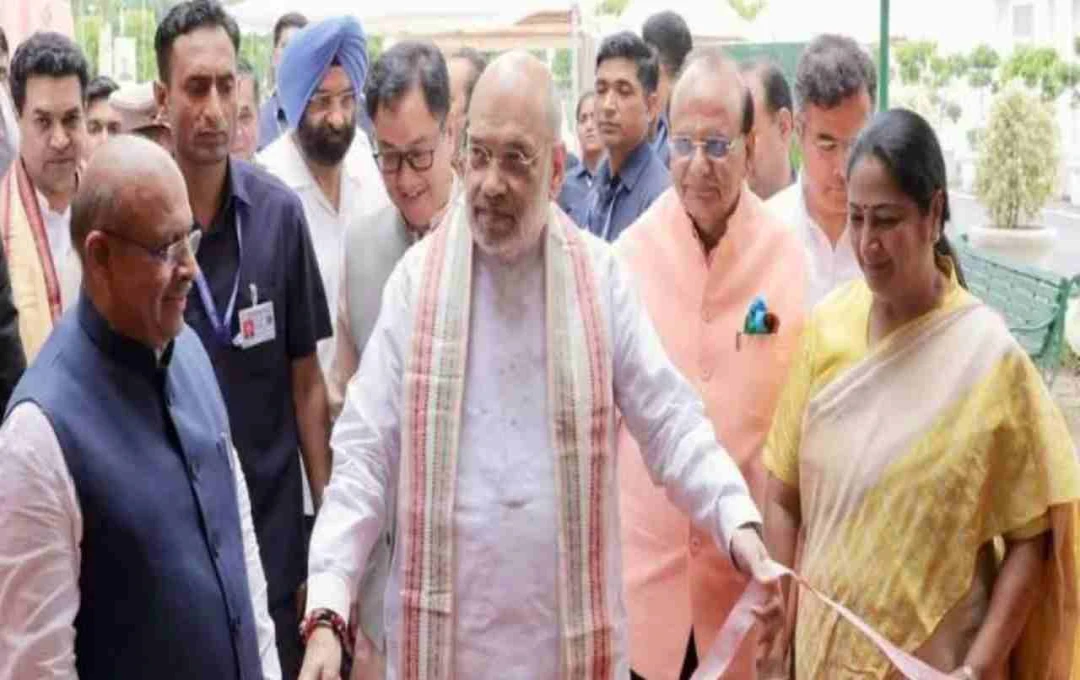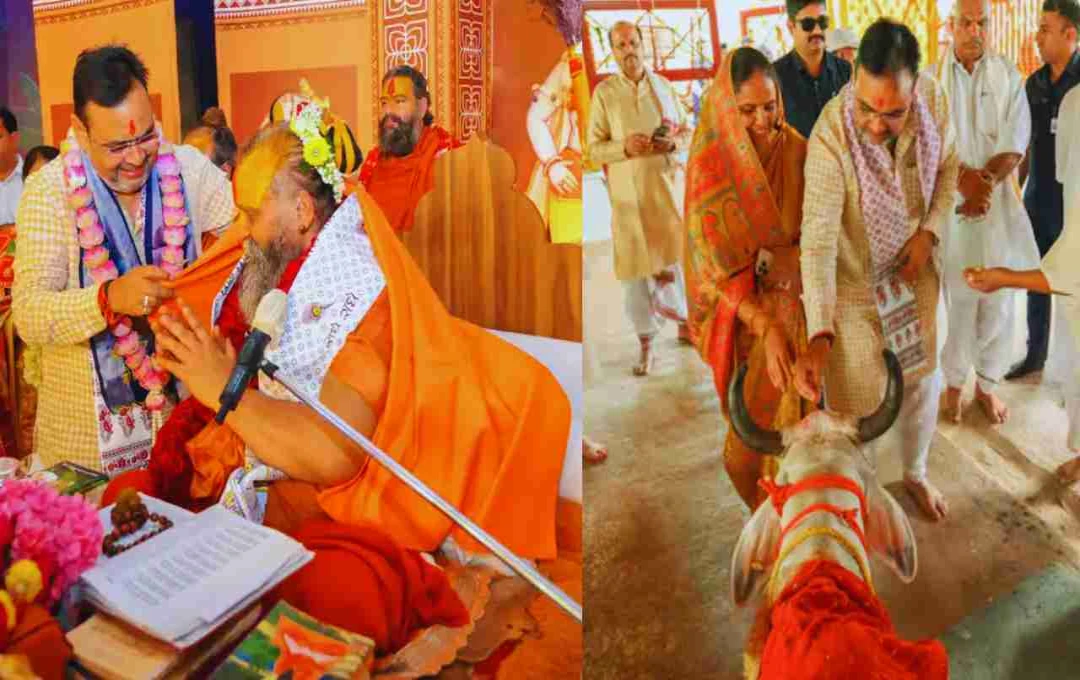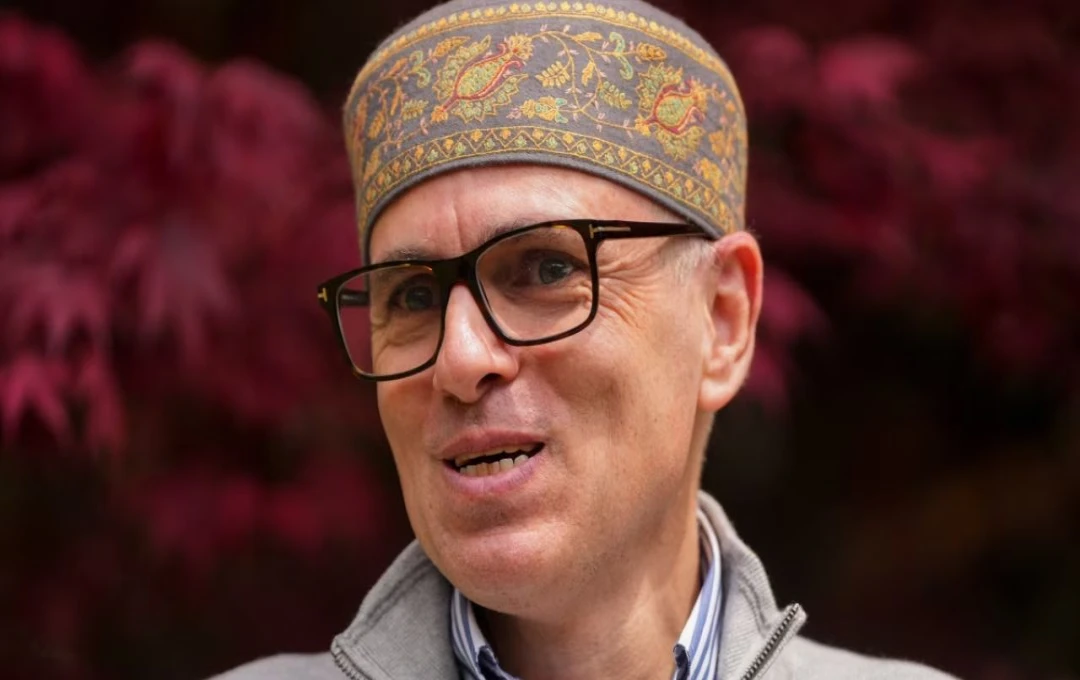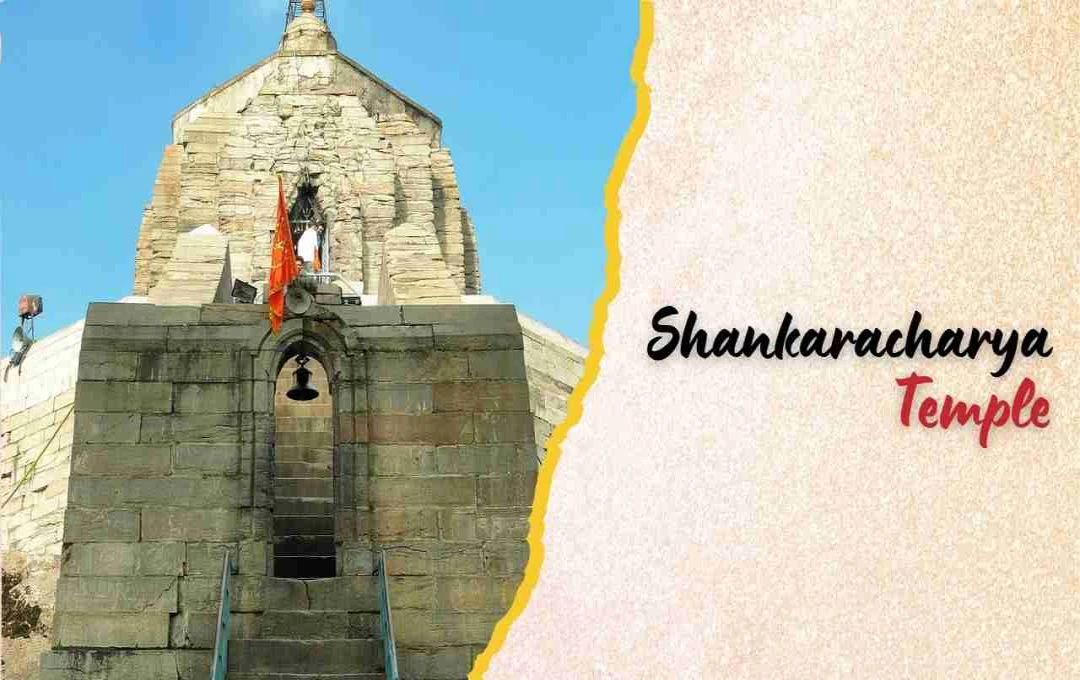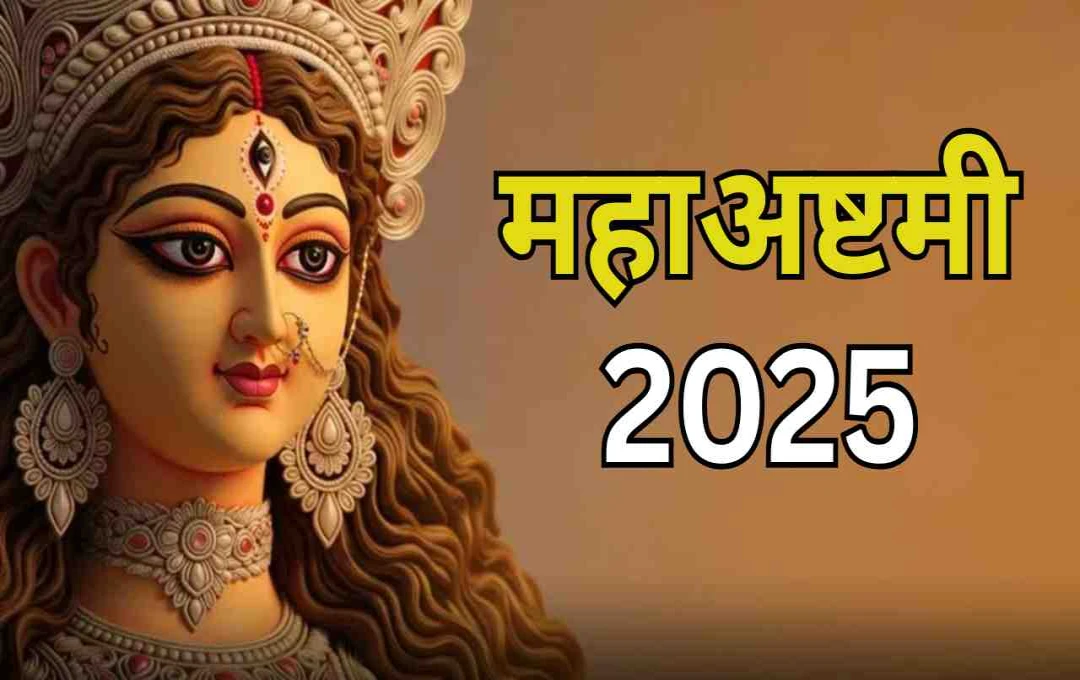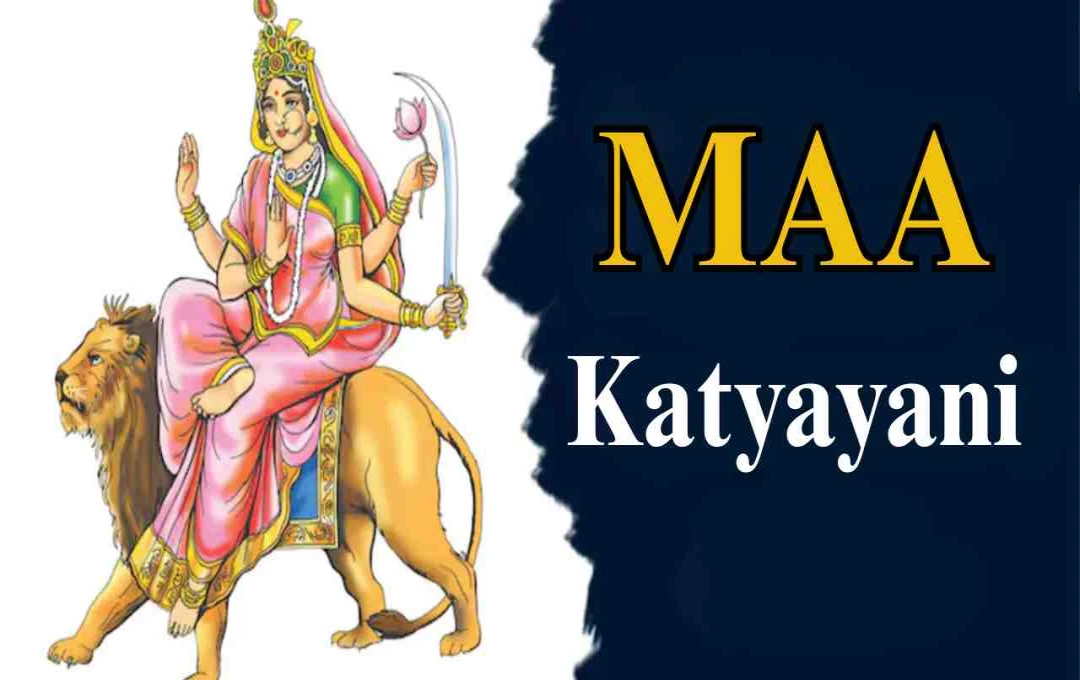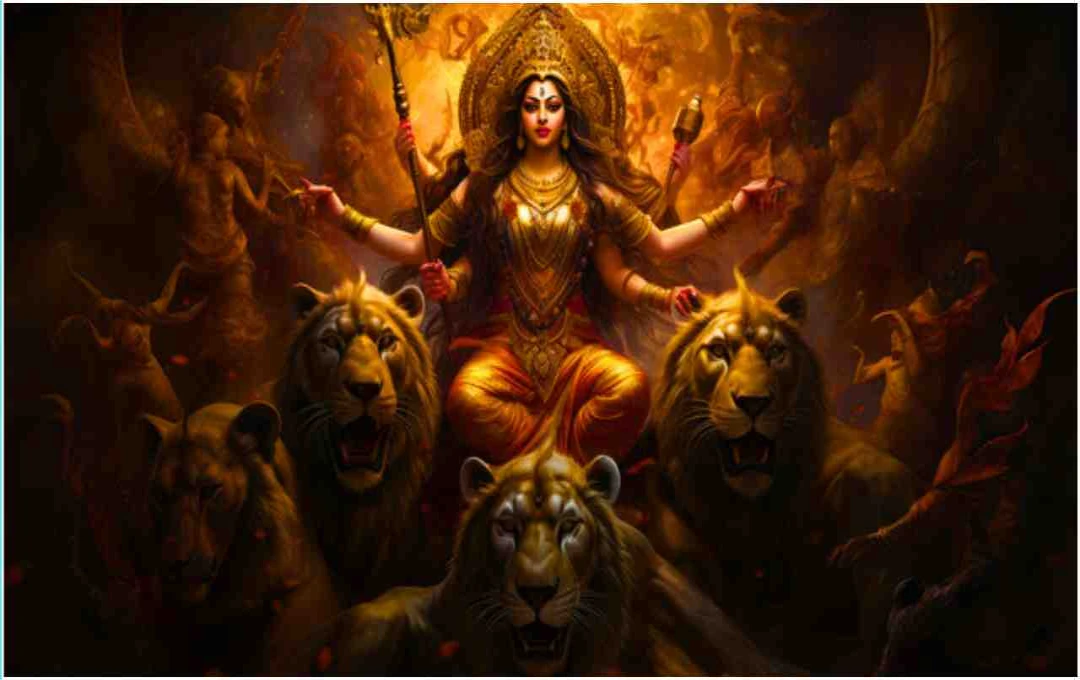Akal Takht, meaning 'The Throne of the Timeless One,' holds the most prominent and significant position among the five Takhts of Sikhism. It is considered not only the center of Sikh political power but also a symbol of spiritual and social justice. It is a confluence of history, religion, culture, and politics, located within the Golden Temple complex in Amritsar. Guru Hargobind established this historic site in 1606 to appropriately address justice and temporal matters for the Sikh community. Even today, Akal Takht is considered the supreme seat of authority and leadership in Sikhism.
History and Establishment
Akal Takht was established by the sixth Sikh Guru, Guru Hargobind Ji. This occurred at a time when the Sikh community needed not only spiritual guidance but also political and social rights. Guru Hargobind wore two swords, one symbolizing spiritual authority (Piri) and the other symbolizing temporal authority (Miri). Continuing this line of thought, he constructed the Akal Takht, which was a platform where the religious and temporal rights of the Sikhs could be secured.
Initially, it was called 'Akal Bunga.' It was an elevated platform where Guru Hargobind would sit and listen to the problems of the Sikh community and provide solutions. This site was so important that it was inaugurated on June 15, 1606, and it became a symbol of the political and religious freedom of the Sikhs.
Architecture and Design of Akal Takht
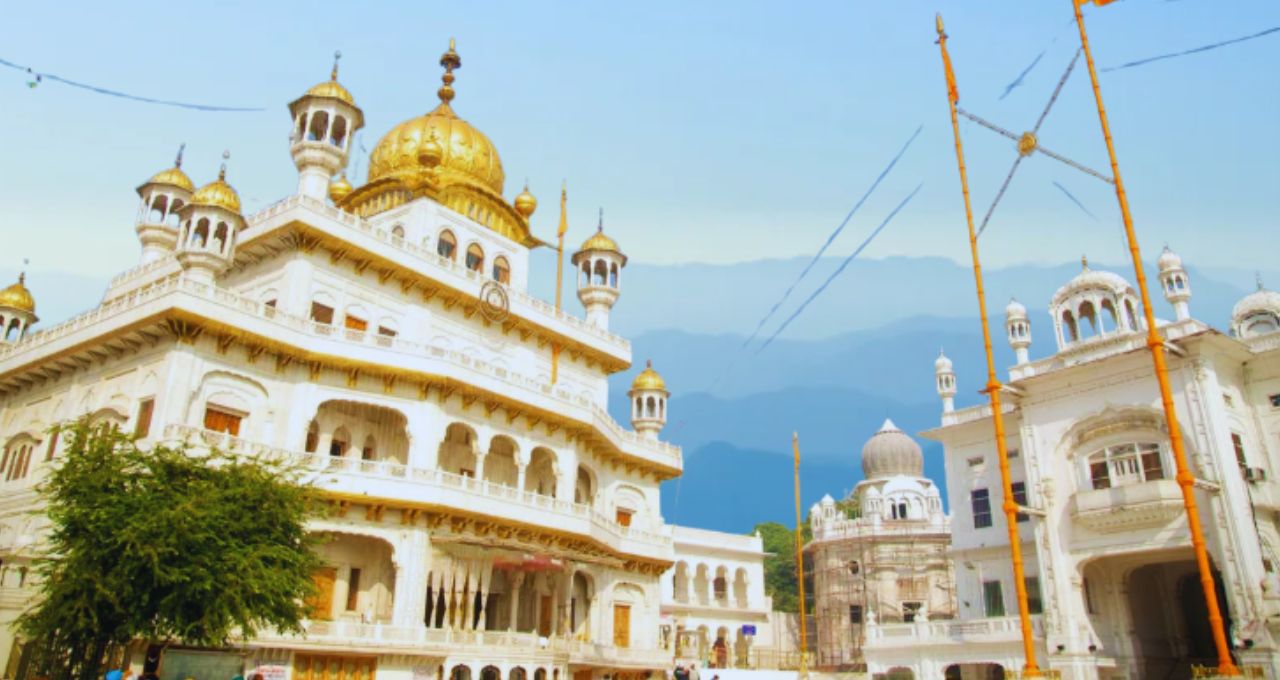
The architecture and design of Akal Takht aptly reflect its importance. It is located directly opposite the Golden Temple, which clearly shows the balance of its spiritual and temporal power. Where the Golden Temple is the center of spirituality, Akal Takht is the center of politics.
It is a five-story building, the foundation of which is laid on a high mound, which was also the childhood playground of Guru Hargobind. In the 19th century, Maharaja Ranjit Singh renovated this building and decorated it with golden domes. The interior walls were adorned with murals from the mid-19th century, depicting Sikh gurus, bhagats, and Indian mythology.
Two Nishan Sahibs are hoisted at Akal Takht, which symbolize the concept of Miri-Piri. This indicates that the balance of spirituality and politics is extremely important in Sikhism.
Social and Political Significance of Akal Takht
Akal Takht is not just a religious site, but it is also a temple of social justice for the Sikh community. This place has been the center of decisions and policies that affect the entire Sikh community. It represents the temporal power of the Sikhs, where the principle of 'Miri-Piri' established by Guru Hargobind is applied.
The decisions and orders issued from here, called 'Gurmatas,' are important for the followers of Sikhism. Akal Takht is like the Supreme Court for the Sikhs, which resolves disputes and makes decisions in the interest of the community. It is considered the supreme seat of the temporal authority of the 'Khalsa Panth.'
Jathedars and their Disputes
The head of the authority of Akal Takht is the Jathedar, who is the representative of Sikhs worldwide. However, in recent years, there has been controversy regarding the position of Jathedar. In 2025, the Shiromani Gurdwara Parbandhak Committee (SGPC) appointed Giani Kuldeep Singh Gargaj as the acting Jathedar, while in 2015, some Sikh organizations declared Jagtar Singh Hawara as the Jathedar.
Due to Jagtar Singh Hawara being in political captivity, 'Sarbat Khalsa' appointed Dhian Singh Mand as the acting Jathedar in his place. The SGPC did not recognize this authority of Sarbat Khalsa and did not accept the Jathedars appointed by them. This dispute reflects the dual nature of power within the Sikh community and challenges the political role of Akal Takht.
Operation Blue Star and Reconstruction of Akal Takht
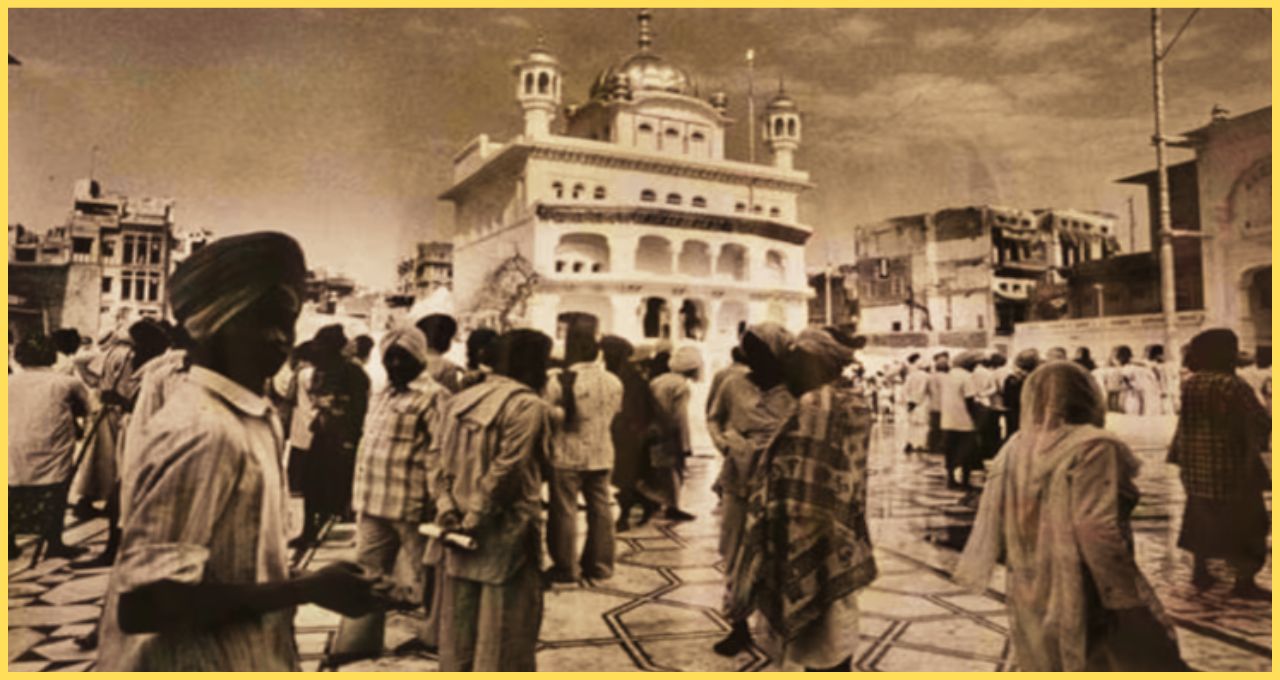
The history of Akal Takht has not only been glorious but also full of struggles. In 1984, during Operation Blue Star, the Indian Army conducted a military operation in the Golden Temple complex, the main center of which was Akal Takht. During this operation, Akal Takht suffered heavy damage and needed to be reconstructed.
The initial reconstruction was sponsored by the government, in which Buta Singh played a role. But this reconstruction was not accepted by a section of the Sikh community and was opposed by considering it a 'government service.' Later, this reconstruction was demolished and rebuilt by 'Sarbat Khalsa' in 1986. This incident shows the social and political importance of Akal Takht as well as the differences within the community.
Cultural Heritage and Artifacts in Akal Takht
Akal Takht had many historical artifacts and murals, which belonged to the 18th and 19th centuries. These paintings depicted the biography of Guru Hargobind, Bhagat Kabir, and stories from the Ramayana and Mahabharata. Unfortunately, these artifacts suffered heavy damage after Operation Blue Star.
Although some of the paintings were recreated during the reconstruction, the lack of this historical art and heritage is still felt today. Many experts have expressed concern that the colors and techniques currently used are different from traditional Sikh art, which are not suitable for long-term preservation.
Akal Takht and Sikhism
The importance of Akal Takht is still invaluable today. It is not just a building, but the center of the soul, history, and political consciousness of the Sikh community. The decisions emanating from here directly affect the lives of Sikhs. Also, Akal Takht symbolizes the balance between spirituality and temporal power in Sikhism.
Although there are challenges such as the Jathedar's disputes and the protection of artifacts, the role of Akal Takht will remain important for both the history and future of Sikhism. This site is synonymous with the identity and pride of the Sikh community, which will continue to connect future generations with their cultural and religious values.
Akal Takht is a unique symbol of Sikhism that demonstrates the coordination of spirituality and political power. Its history tells a story of struggles, dedication, and reconstruction. This Takht is not only the seat of justice and rights of the Sikh community, but also the basis of their unity and identity. It is the responsibility of all of us to maintain it with protection and respect in the future.
